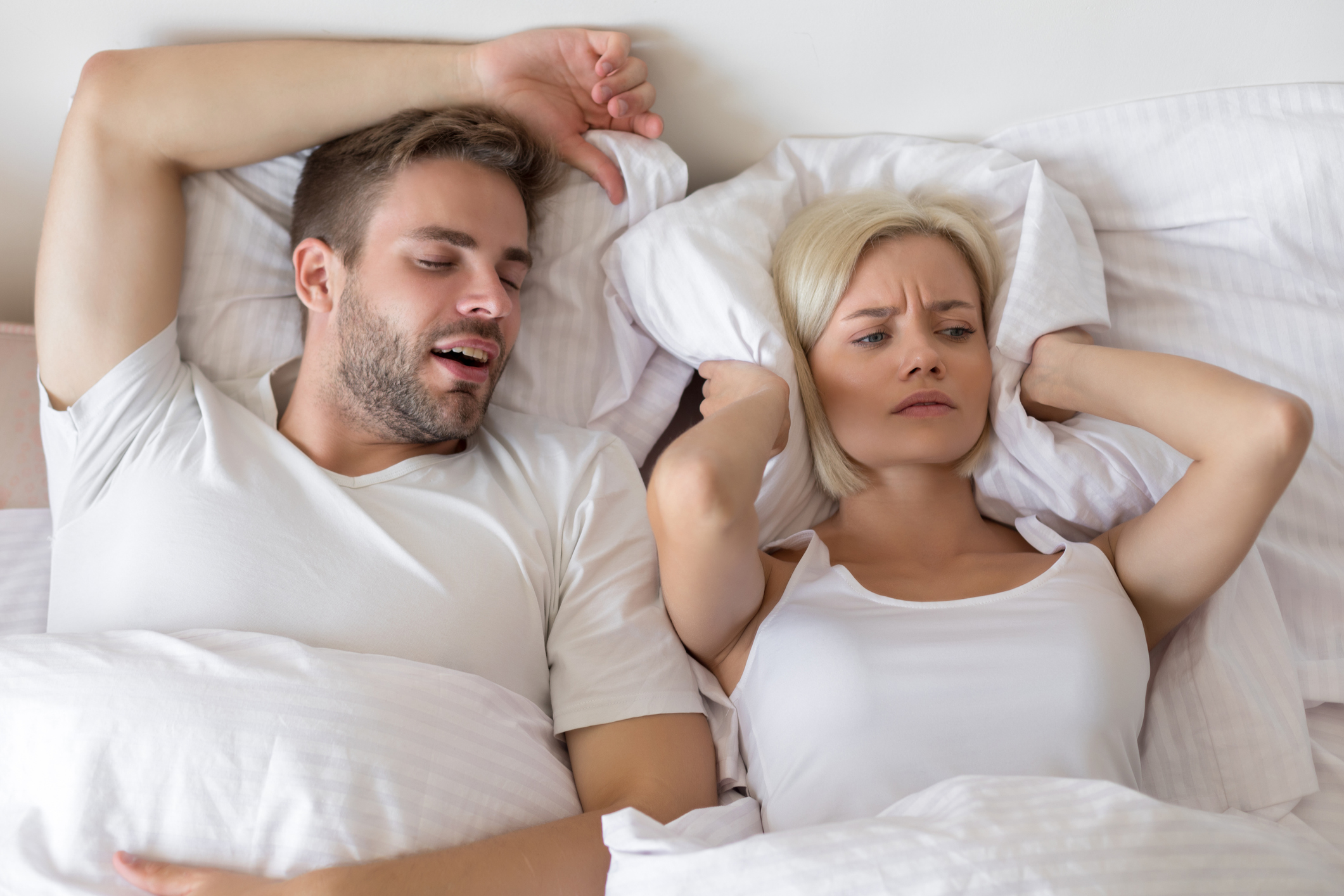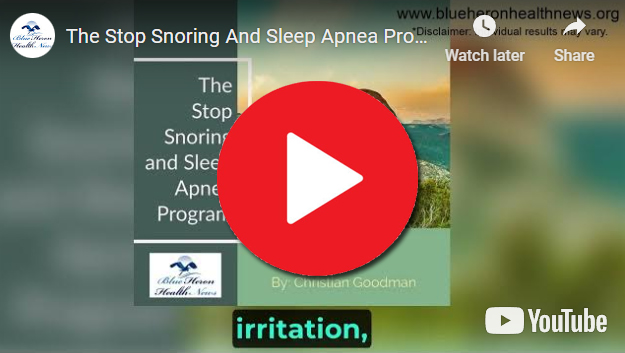
As an AI language model, I can provide you with some general information on snoring and sleep apnea in the USA based on data available up until my knowledge cutoff in September 2021. Please note that the statistics provided may have changed since then. It’s always a good idea to refer to the latest research and official sources for the most up-to-date information.
- Snoring: Snoring is a common condition that occurs when airflow is partially blocked during sleep, causing vibrations in the throat. Here are some statistics related to snoring in the USA:
- Prevalence: Snoring affects a significant portion of the population, with estimates ranging from 30% to 45% of adults snoring occasionally, and around 25% snoring habitually.
- Gender differences: Snoring tends to be more prevalent in men than in women. However, women can also experience snoring.
- Age: The prevalence of snoring tends to increase with age. It is more common in middle-aged and older adults.
- Health implications: Snoring itself is not always a cause for concern, but it can be a symptom of underlying sleep disorders such as sleep apnea.
- Sleep Apnea: Sleep apnea is a sleep disorder characterized by pauses in breathing or shallow breathing during sleep. These interruptions in breathing can last for a few seconds to minutes and may occur multiple times during the night. Here are some statistics related to sleep apnea in the USA:
- Prevalence: Sleep apnea is a widespread sleep disorder. The American Academy of Sleep Medicine estimates that approximately 26% of adults between the ages of 30 and 70 have obstructive sleep apnea (OSA), the most common form of sleep apnea.
- Undiagnosed cases: It is believed that a significant number of sleep apnea cases remain undiagnosed. Estimates suggest that up to 80% of moderate to severe sleep apnea cases are undiagnosed.
- Health implications: Sleep apnea has been linked to various health problems, including hypertension, cardiovascular diseases, diabetes, obesity, and an increased risk of accidents due to daytime sleepiness.
- Gender differences: Sleep apnea is more common in men. However, the prevalence in women increases after menopause, suggesting hormonal factors may play a role.
It’s important to note that these statistics are approximate and can vary depending on the study, population sampled, and diagnostic criteria used. Sleep disorders should be diagnosed and treated by qualified medical professionals. If you or someone you know is experiencing sleep-related issues, it’s recommended to consult a healthcare provider for an accurate evaluation and appropriate treatment.
See More on Video

The Stop Snoring And Sleep Apnea Program by Christian Goodman The Stop Snoring and Sleep Apnea Program is a well-researched program created to help stop snoring and sleep apnea so that you can have a good night sleep. The techniques that you will learn from this program works immediately.